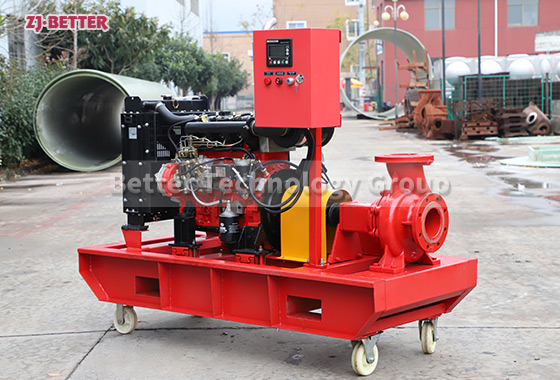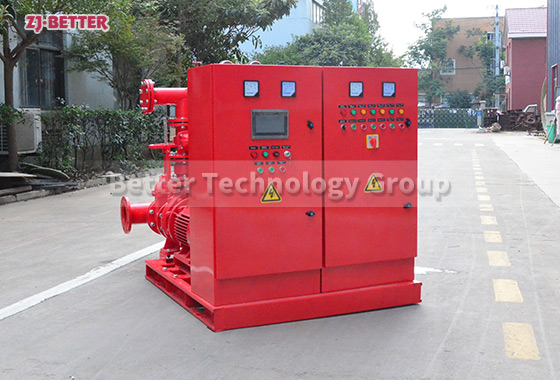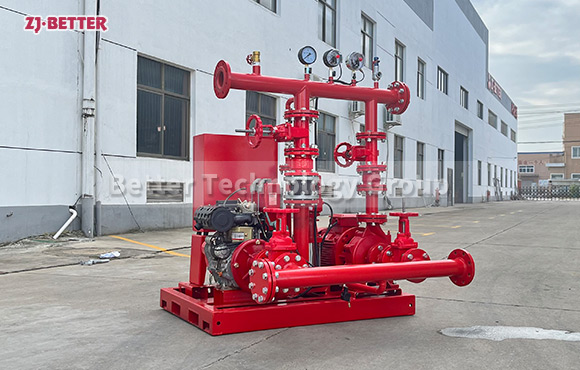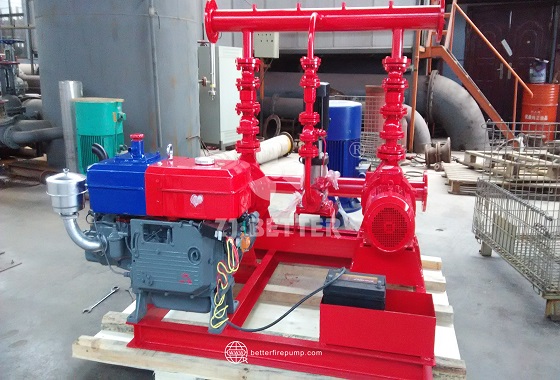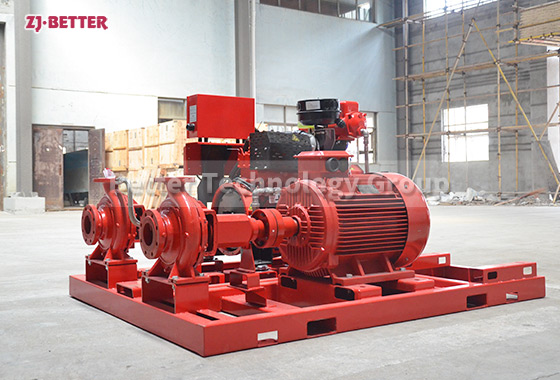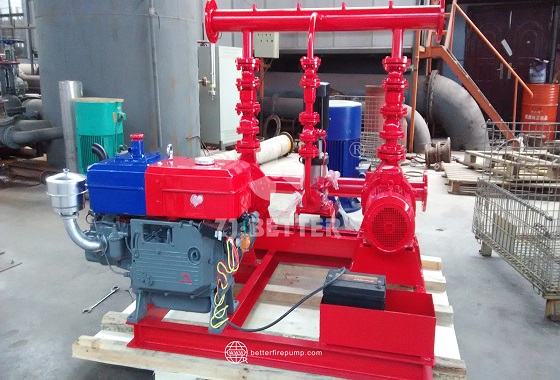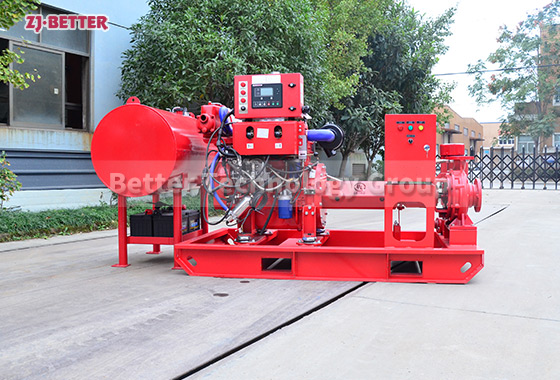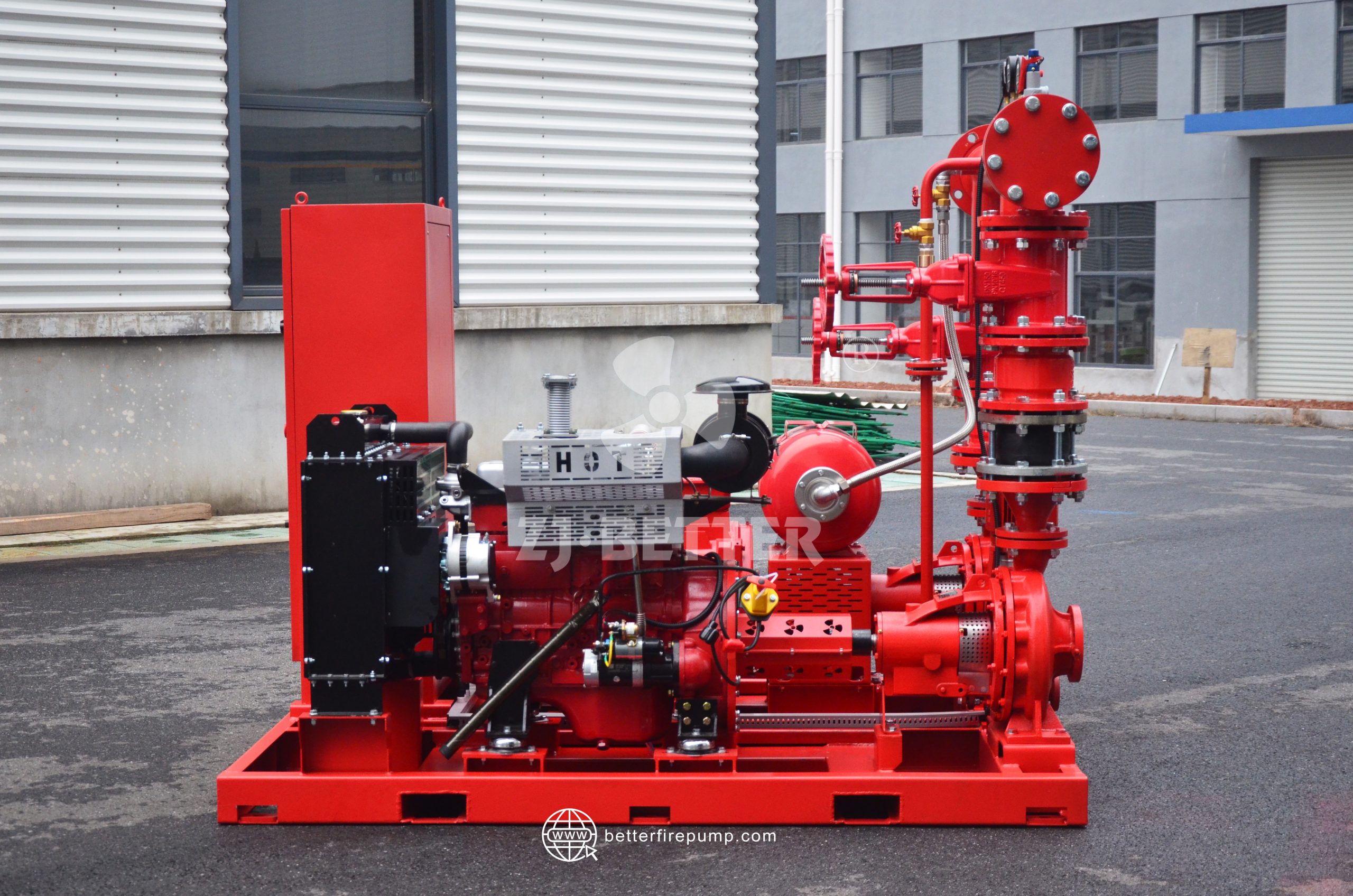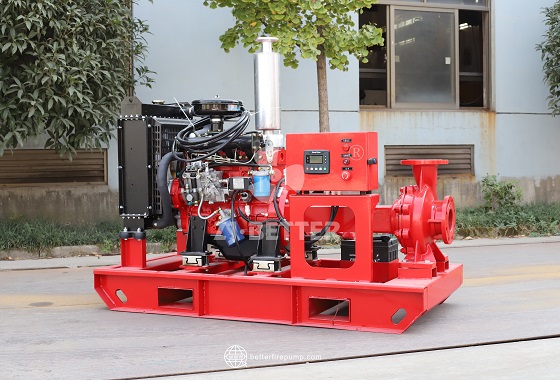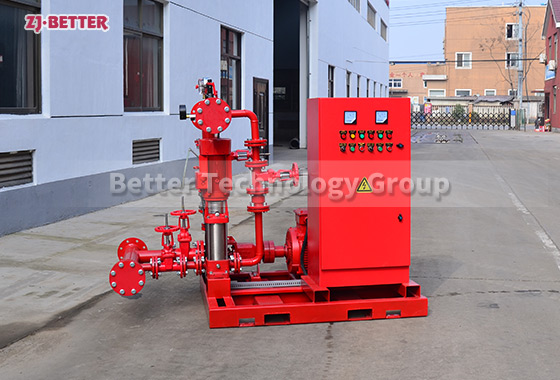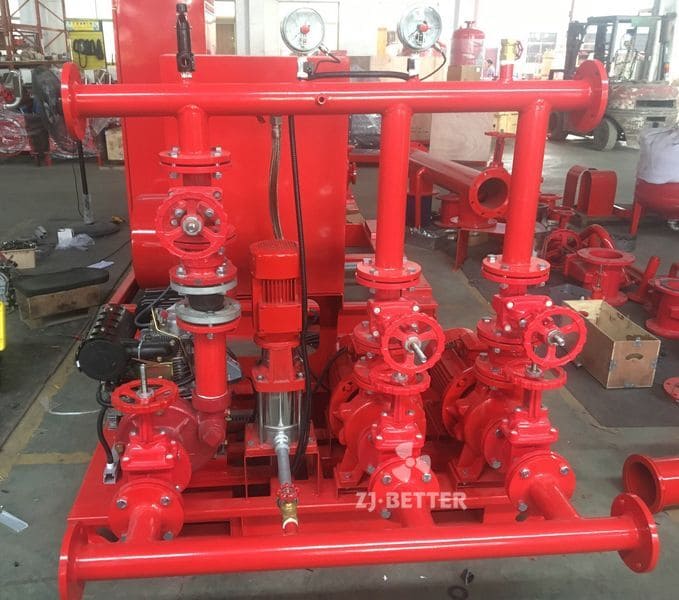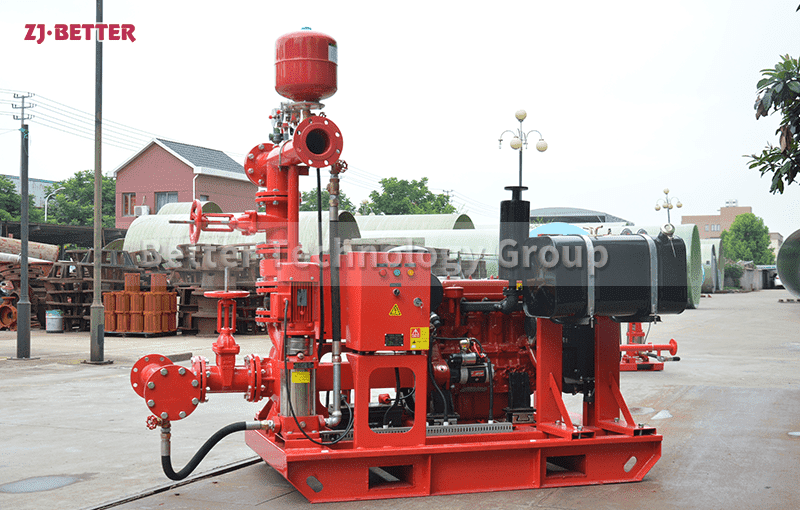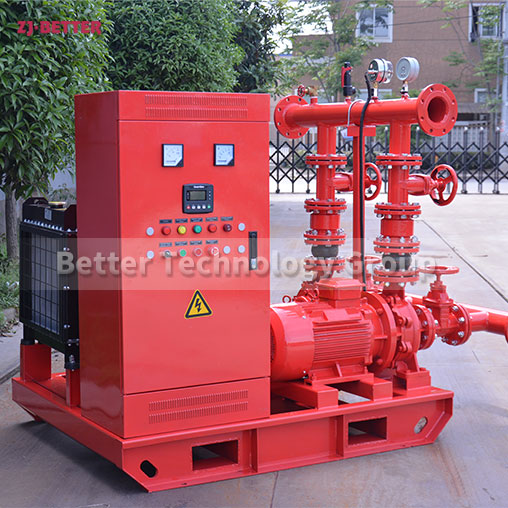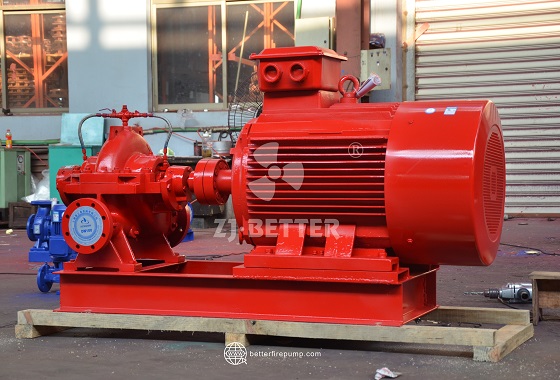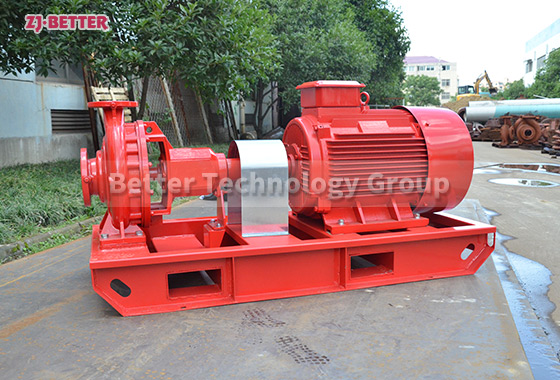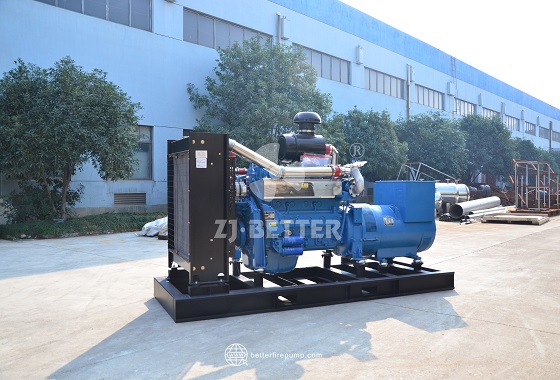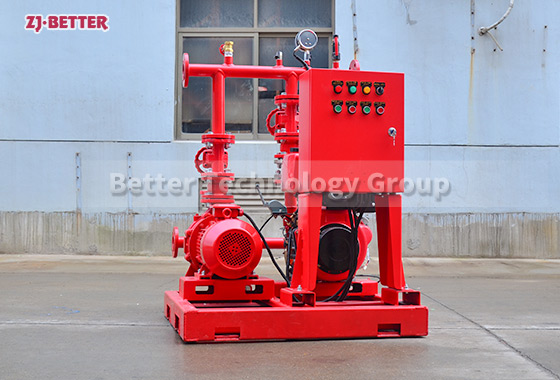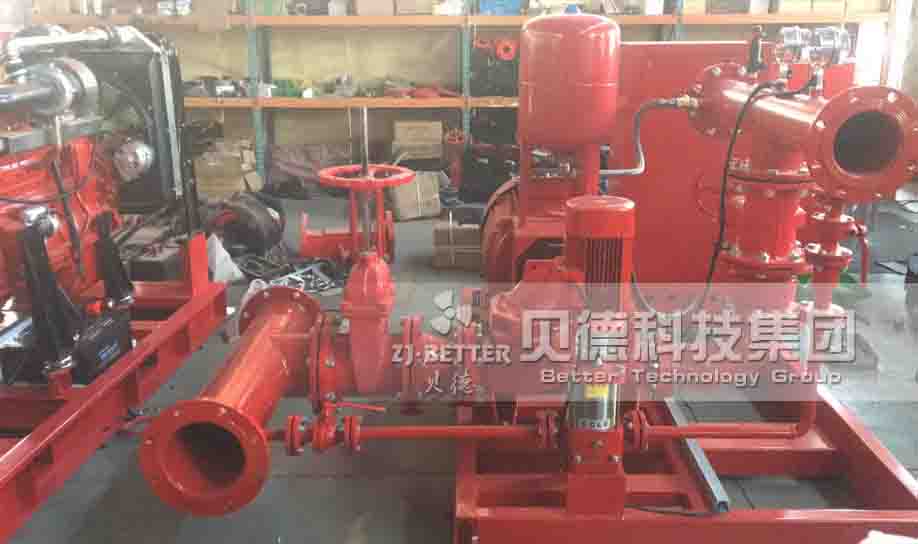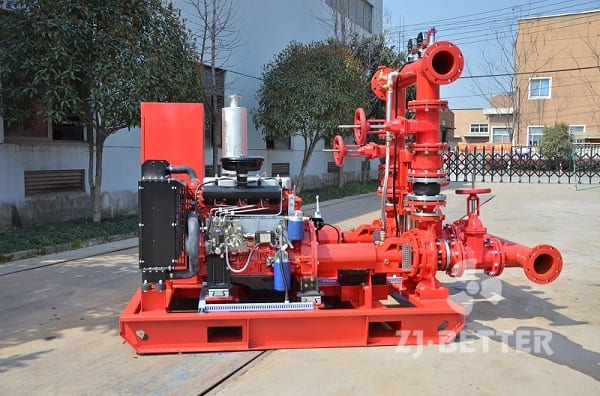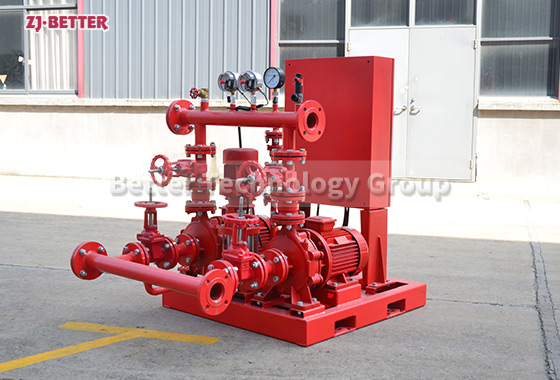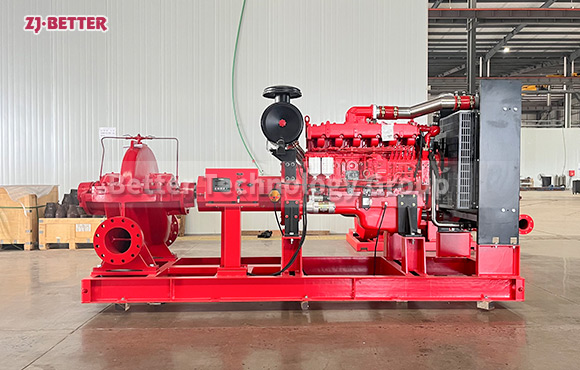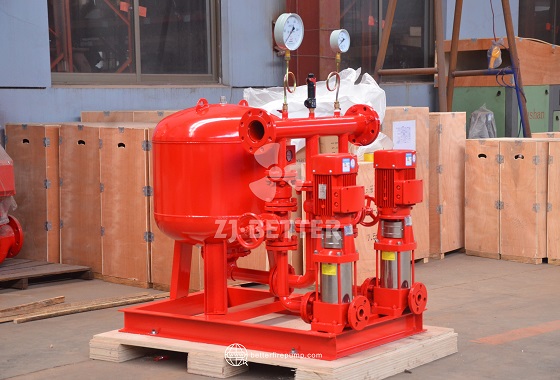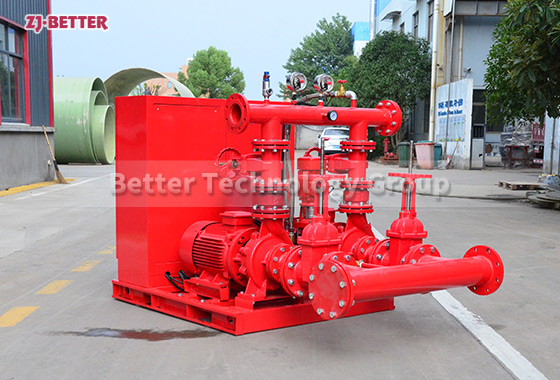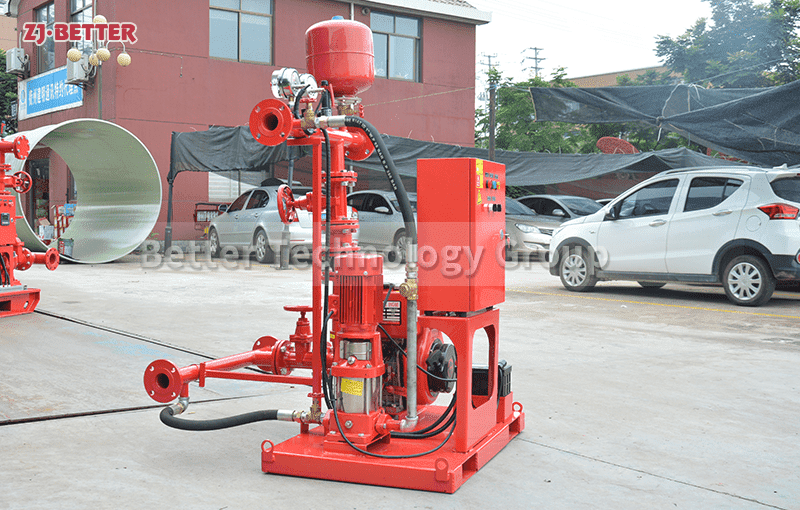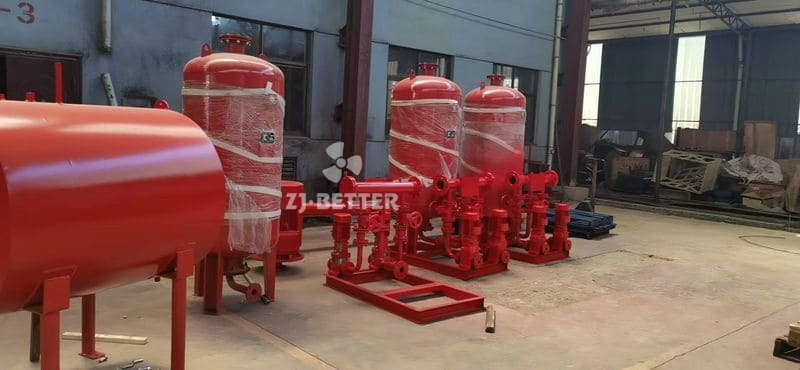NFPA Standards for Fire Pump Installation and Maintenance
The National Fire Protection Association (NFPA) has established standards and guidelines governing the installation and maintenance of fire pumps. NFPA 20, the Standard for the Installation of Stationary Pumps for Fire Protection, provides comprehensive requirements for fire pump design, installation, testing, and maintenance.
Compliance with NFPA 20 standards is essential to ensure that fire pump systems are installed and maintained in a manner that meets nationally recognized safety practices. These standards help ensure the reliability and effectiveness of fire pumps in protecting lives and property during fire emergencies.
The National Fire Protection Association (NFPA) has established standards and guidelines governing the installation and maintenance of fire pumps. NFPA 20, the Standard for the Installation of Stationary Pumps for Fire Protection, provides comprehensive requirements for fire pump design, installation, testing, and maintenance.
Compliance with NFPA 20 standards is essential to ensure that fire pump systems are installed and maintained in a manner that meets nationally recognized safety practices. These standards help ensure the reliability and effectiveness of fire pumps in protecting lives and property during fire emergencies.

